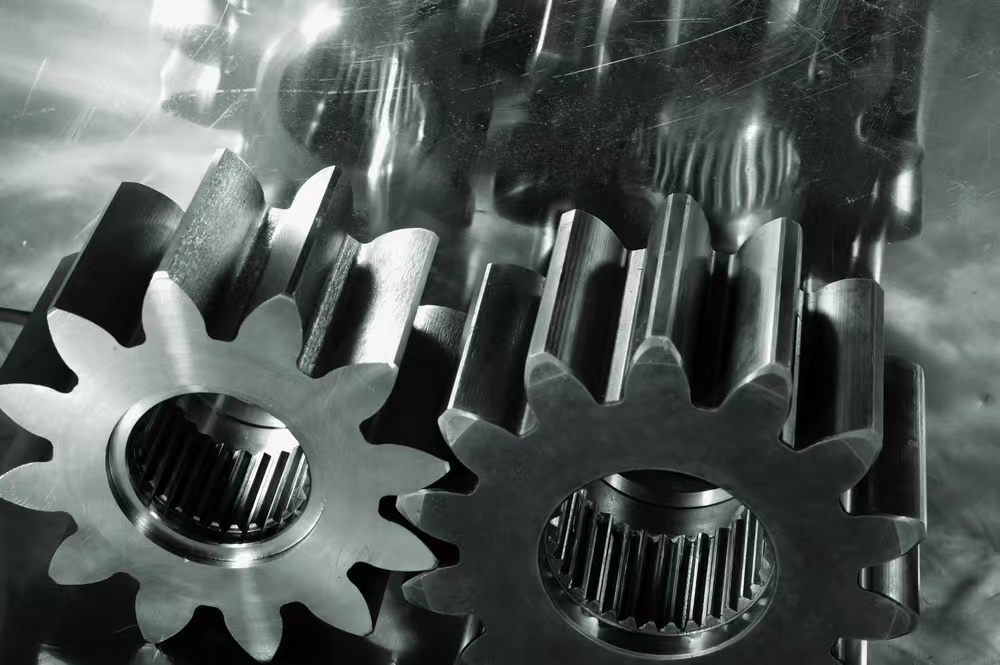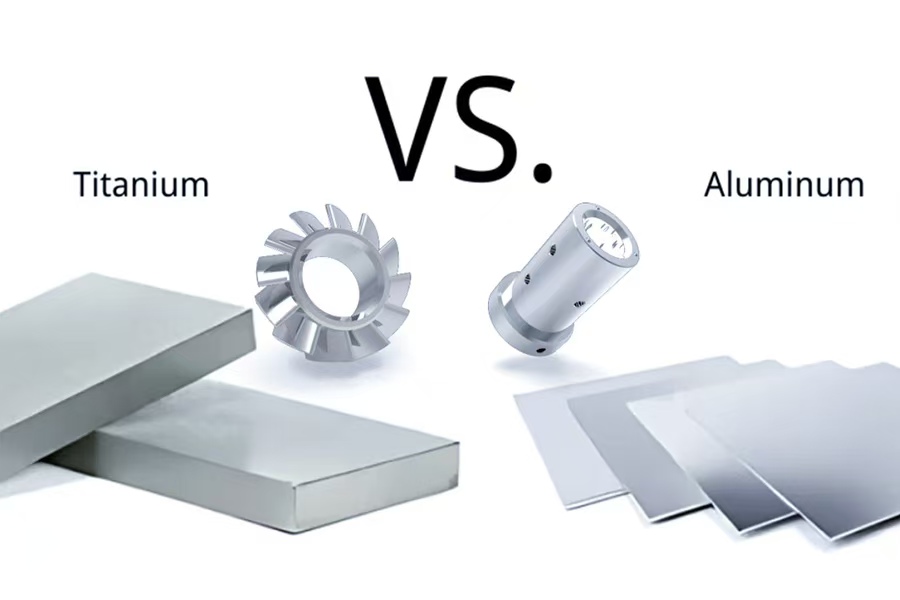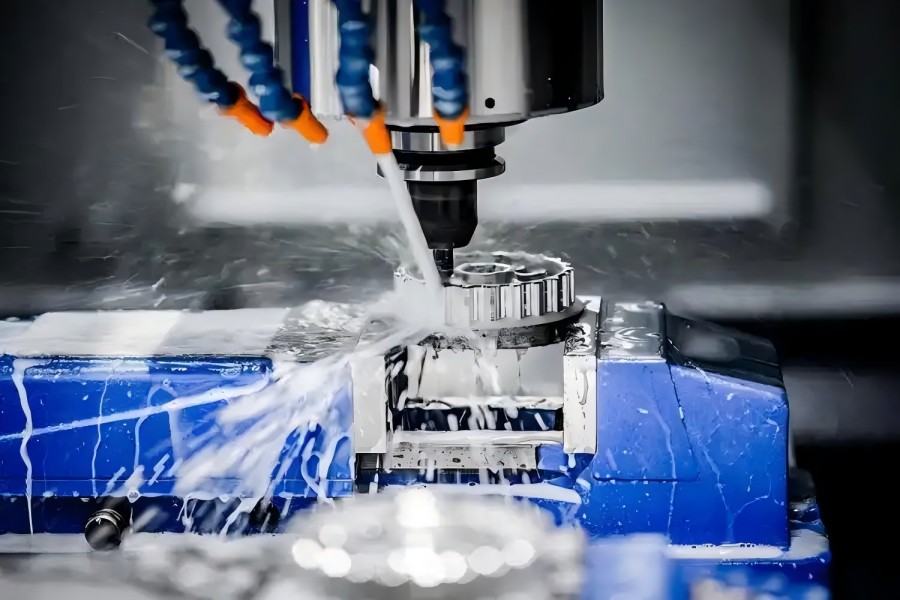- Guangzhou Sinoth Import and Export Co., LTD
Tel: 020-8968-8980
Website:www.gzsynoth.com
Email: belinda@dginfa.com(24 hours online)
Phone: +86 189 2740 6786
Address: No 5, Jinshi Three Street, Shiling Town, Huadu District,Guangzhou City, Guangdong Province
Conclusion first: Choose aluminum for cost-sensitive, lightweight projects (e.g., consumer goods, low-load structures); choose titanium for high-performance scenarios (e.g., aerospace, medical devices) requiring strength, corrosion resistance, or extreme temperature stability.
Key Comparison Dimensions
1. Weight & Strength
- Aluminum: Low density (2.7 g/cm³), good strength-to-weight ratio for general use (e.g., 6061-T6 alloy has -276 MPa tensile strength).
- Titanium: Higher density (4.5 g/cm³) but far superior specific strength (e.g., Ti-6Al-4V has -900 MPa tensile strength), ideal for high-load, weight-restricted applications.
2. Corrosion Resistance
- Aluminum: Forms a protective oxide layer, resistant to most environments but vulnerable to strong alkalis and seawater (needs coating for marine use).
- Titanium: Exceptional corrosion resistance (resists seawater, acids, chlorides), no coating required for harsh conditions (e.g., offshore equipment, chemical reactors).
3. Cost & Processability
- Aluminum: Low raw material cost, easy to machine, weld, and form (suitable for mass production like automotive parts, beverage cans).
- Titanium: 4-5x more expensive than aluminum, difficult to machine (high melting point, low thermal conductivity) and weld (needs inert gas protection), increasing production costs.
4. Temperature Performance
- Aluminum: Loses strength above 150°C, unsuitable for high-temperature environments.
- Titanium: Retains strength up to 550°C, suitable for aerospace engines, turbine components, or high-heat industrial equipment.
Typical Application Scenarios
- Aluminum is better: Consumer electronics (laptop casings), automotive bodies, bicycle frames, architectural trim, low-pressure piping.
- Titanium is better: Aerospace components (aircraft wings, engine parts), medical implants (bone screws, joint replacements), marine hardware, high-performance sports equipment (golf clubs, bike components).
Do you want me to analyze a specific project scenario (e.g., material size, load requirements, budget range) to give a more targeted recommendation?
Here are some pictures that can help you compare aluminum and titanium:
- Picture of Metal Plates: This picture shows the comparison between titanium and aluminum plates. The titanium plate is on the left, and the aluminum plate is on the right. The two metals have a similar silver - gray color, but the titanium plate appears to be slightly darker

- Picture of Metal Components: In this picture, the aluminum component is on the left, and the titanium component is on the right. It can be seen that the two components have different shapes, which may be related to their different processing properties and application scenarios

- Property Comparison Chart Picture: This is a property comparison chart of titanium and aluminum, which clearly lists the differences in density, tensile strength, yield strength, thermal conductivity, melting point, corrosion resistance, approximate cost, and recyclability between the two metals, providing a clear reference for project material selection.

Previous : Sorry No data available



